Fancy a night out at the movies? To be the first to ever see a screening of a moving film, you’ll have to be at the Grand Café, Boulevard de Capucines, Paris, 28 December, 1895. Bring one franc for entry.
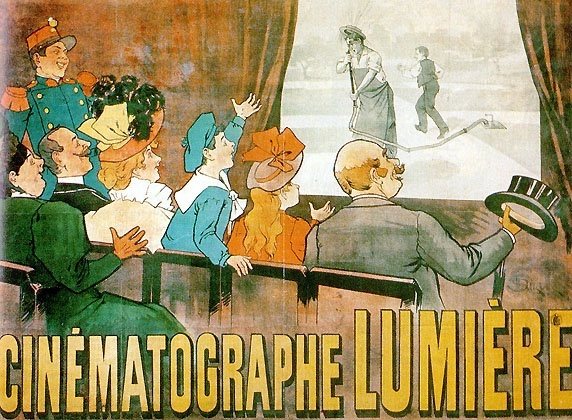
Courtesy Bibliotheque Nationale de France
In 1895 Auguste and Louis Lumière created the Cinématographe, a machine to record moving pictures and project them onto a screen. They had grown up in the world of imaging; their father Antoine Lumière was a portrait painter and award winning photographer and by the mid 1890s the family had created Europe’s largest photographic plate factory, making important advances in photographic technology.
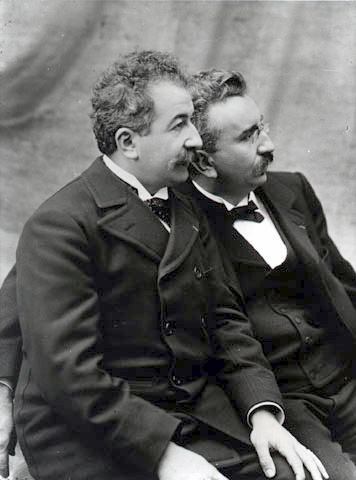
When Thomas Edison’s Kinetoscope, a hefty film viewing contraption which allowed only one person to watch a series of moving images, was exhibited in Paris in 1894, the Lumières were encouraged to work on a device which would combine animation and projection for a larger audience. A year later the Cinématographe was born, a lightweight (9kg), portable and hand cranked machine, in which 35mm film passed through a shutter at 16 frames per second. Similar to the workings of a sewing machine, the Cinématographe threaded the film intermittently and more slowly than the Kinetoscope’s 46 frames per second, creating a quieter machine and one that made the images appear to move more fluidly on screen.

The earliest Lumière films were mainly documentary views, ‘actualities’, shot outdoors on location. The first movie patrons at the Grand Café were treated to 25 minutes of these short films with musical accompaniment. The audience watched in wonder as workers exited joyfully from a factory, a baby put her hand in a goldfish bowl and carts trundled down the street in the city of Lyon. They smelt the sea as young and old jumped from a jetty into the water, and encouraged a baby to finish her dinner. They laughed out loud at the first moments of slapstick humour on the screen, a young boy who played a practical joke on a gardener (who hasn’t done this at least once in their lives!), a rider with a horse and a man trying desperately to jump onto a blanket.
Auguste and Louis were not the first to create moving images using film. Louis Aimé Augustin Le Prince, born in Metz in 1841, created a single lens cine camera in the 1880s, which proved to be one of the most groundbreaking inventions of early cinema. He used this camera to film what is the first film ever produced (but not publicly screened), Roundhay Garden, three action packed seconds of drama.
So why have we heard of the Lumière brothers and not Le Prince? Because in 1890, whilst in France, Louis Le Prince simply disappeared. Whether it was murder, suicide, accident, faking his own death; to this day no one knows what happened. So Le Prince was not able to show his work to the public and 7 years later the Lumière brothers opened their own films to the world.
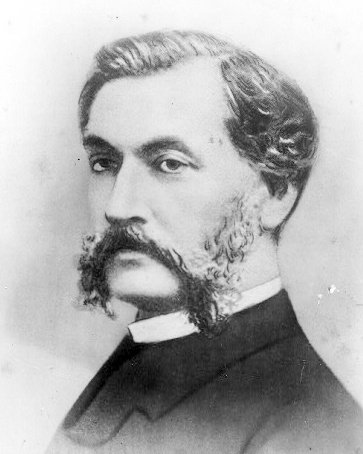
Soon the Cinématographe was the talk of the town in all the big cities.
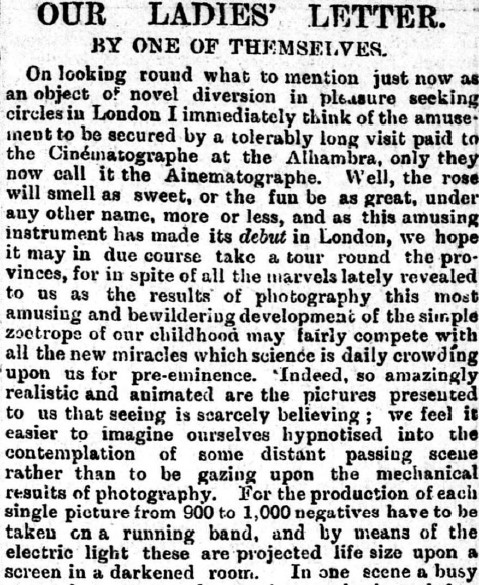
The above article goes on to say:
…perhaps the most entertaining is that which pourtrays (sic) a fashionable seaside resort at bathing time. The waves toll in quite naturally to the shore (inevitably, since they are photographed from Nature, and one has always to be recalling this) you expect to smell the briny so complete is the illusion, bathers in infinite variety disport themselves in the water, or take headers from the jetty; their antics are exceedingly diverting, and so spontaneous that it becomes almost impossible to believe you are not holiday making at Boulogne or Ostend.
The American and Canadian public were also delighted to see these ‘marvellous motion-pictures’.
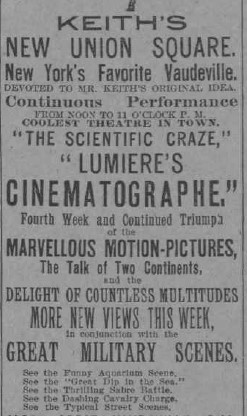
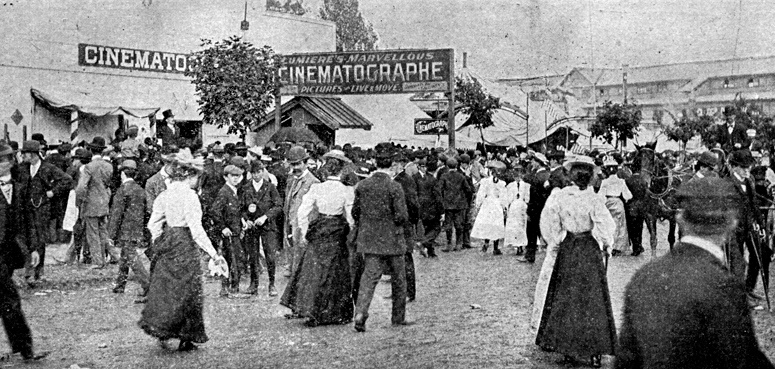
But the Lumière brothers were better at projecting the present than visualising the future. Not long after the first public screening, Louis Lumiere declared:
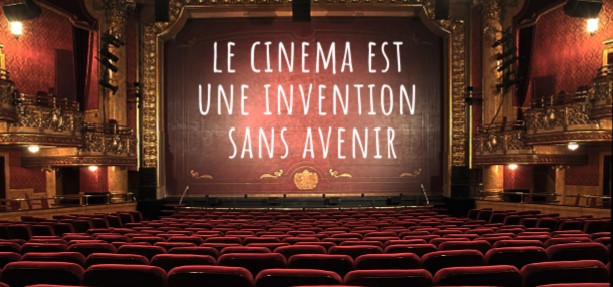
Louis Lumiere, 1896
Despite this, Louis and Auguste Lumière were to make more than 1400 films in the next ten years, whilst continuing to experiment with photography. In 1905, with a remarkable lack of foresight, or perhaps they just preferred working with photographs, the brothers went back to their laboratories to perfect the techniques of photography, particularly colour photography, in which they would make incredible strides in the next century. It would be up to other film greats such as Léon Gaumont and Georges Méliès to charge ahead in the new and exciting world of cinema.
Just as the name ‘lumière’ means light, Louis and Auguste Lumière lit the flame for the film industry, and Hollywood is forever in their debt.
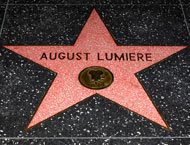
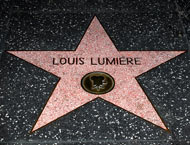
further viewing
Here are some YouTube links to the original Lumière films. Short but fascinating viewing!
La Sortie de l’usine Lumière à Lyon (Workers leaving the factory in Lyon)
La Voltige (Horse trick riders)
La Pêche aux poissons rouges (Fishing for goldfish)
The Photographical Congress Arrives in Lyon
Les Forgerons (The Blacksmiths)
Le Repas de bébé (Feeding the baby, featuring Andrée Lumière as the baby, Auguste Lumière as himself, and his wife Marguerite Lumière as herself)
Le Saut à la couverture (Jumping onto the blanket)
Place des Cordeliers à Lyon (Cordeliers’ Square in Lyon)
La Mer (The Sea)
L’Arrivée d’un train en gare de La Ciotat (The Arrival of a Train at La Ciotat Station)
Bataille de boules de neige (Snowball fight – this one is my favourite!)
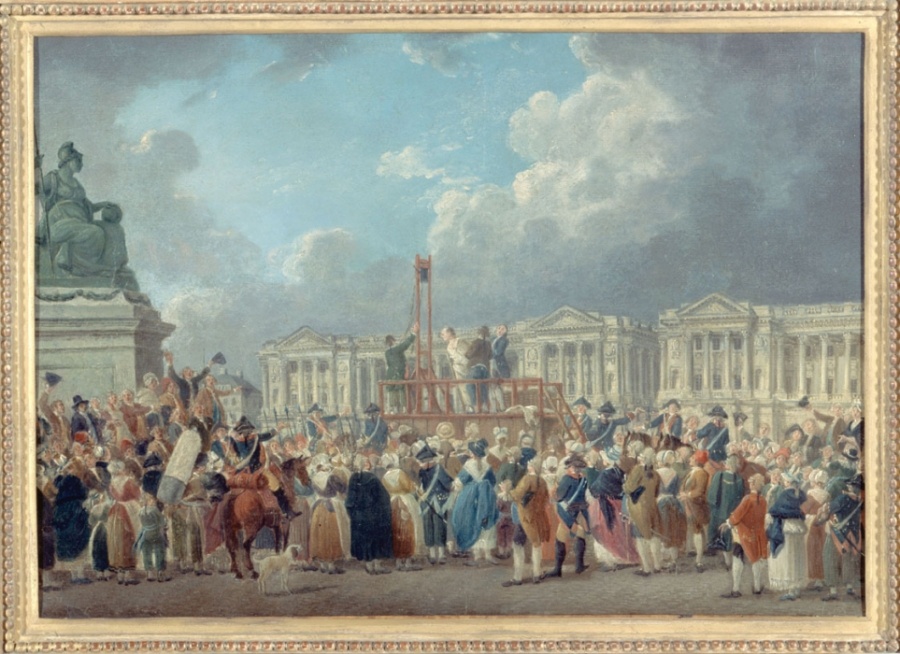

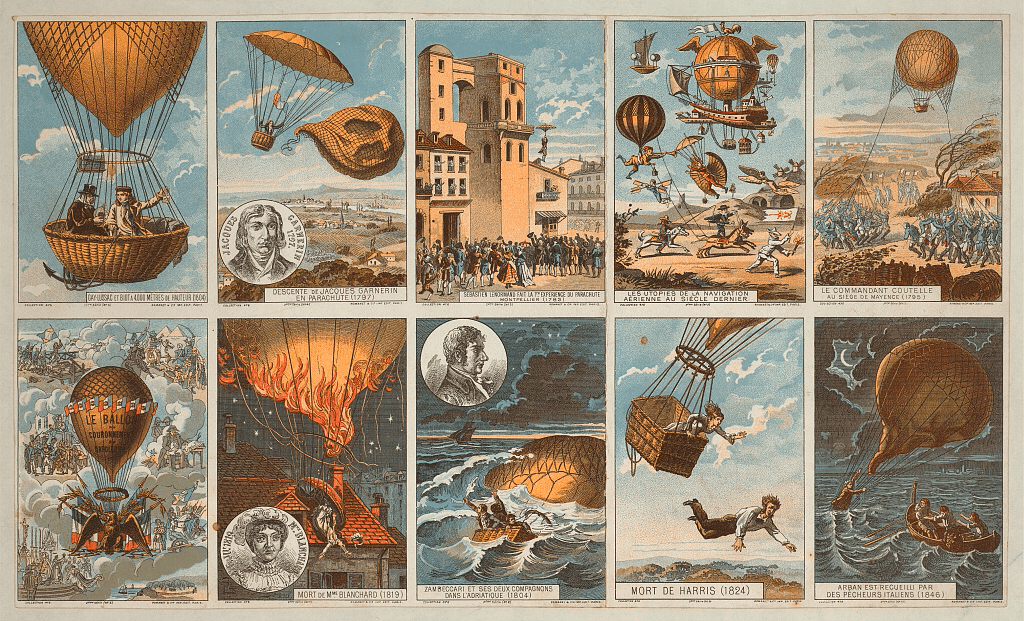

A great story! I wonder if Louis Lumiere lived long enough to see there was in fact a future for their invention or should I say ‘Le Prince’s invention!!!!! I can see why your favourite film was ‘Snowball fight. If not for the clothes it could be any century or any country in the world laying in the snow!
The family of le Prince tried for many years to get recognition for his inventions, but were unsuccessful. It’s quite amazing to watch the earliest films and compare them to the latest Hollywood blockbusters!